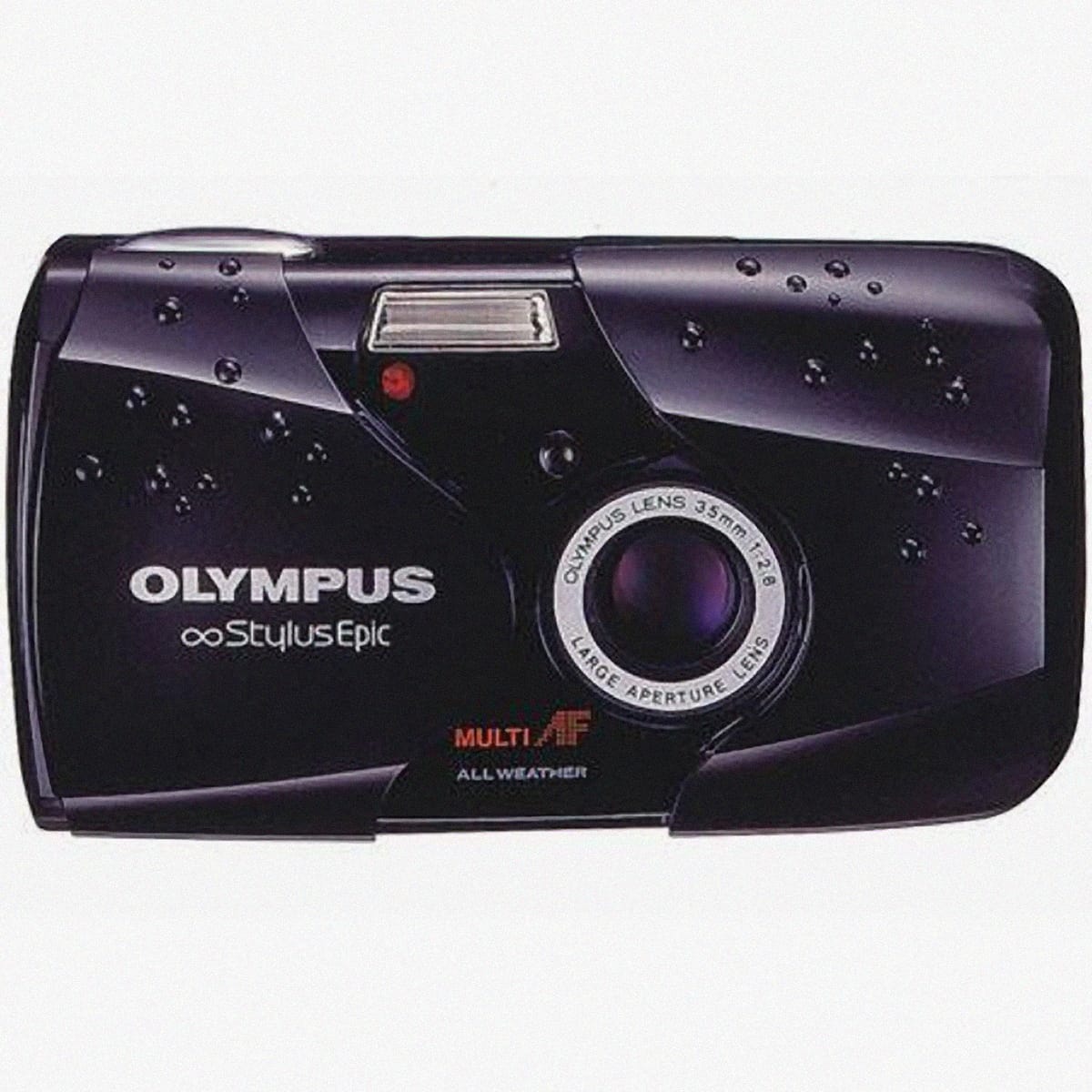A friend of mine sent me a question about a good film camera to get started with:
My partner has been thinking for some time about her first camera and she likes the idea of film photography. Her birthday is coming up and I’m thinking of buying a camera as a surprise gift to bring on an upcoming backpacking trip. It’s just a thought. We don’t buy each other a lot of stuff because we’re big on experiences, and we save our money so we can travel to see each other.
Anyway, as a man of the camera, is there a fun, entry level film camera that you know of? Obviously I have to double check that supplies for it are available internationally, so It couldn’t be too crazy, and it has to be something that would fit a very part time hobby for someone who doesn’t know cameras yet. Any ideas?
tl;dr: get an Olympus Stylus Epic, it takes 35mm film and sports auto exposure and focus with a built-in flash. However, avoid those with a zoom and go for the one with the fixed 35mm lens. Read more below if you’re still curious.
You know I’m going to totally geek out on this question, right?
You didn’t say it, but it seems the camera should be smaller if it’s going to fit into a backpack. That size constraint probably excludes some otherwise solid choices, including Fuji Instax, the newly re-invigorated Polaroid or 120 cameras like the Fuji GW690II (or any of their 120 rangefinders, but I did just get a GW690III, so I like that one) and Holga. And both size and timing probably exclude the rather interesting Lomo’Instant Square.
It’s possible, however, that the smaller Instax Mini or Instax Square might be good choices. They might be small enough to fit your backpack, and instant film is a wonderful and low-risk way to try analog photography, but I have to admit I’ve been frustrated with scanning and sharing it in a way that works for me (Jean Andre Antoine and Cromwell Schubarth are among those who do it well).
Instead, you should probably be looking at 35mm and maybe 110 format cameras. And, honestly, I can’t recommend 110, since both film and processing are harder to find. In that space you might consider a few cameras. If you’re looking for an SLR (and you shouldn’t, honestly), I personally loved the Olympus OM system but lenses are a bit overpriced compared to Nikon, Pentax, and Canon alternatives, any of which might be a reasonable choice. I recommend against an SLR because, well, if you’re going to invest that much space and complexity, I figure you should either get a 120 camera or go DSLR.
So what I really would recommend are 35mm compacts. I have been doing a lot of shooting with my Olympus Stylus Epic. I think all my photos with 35mm sprocket holes on Instagram are with that camera, the exceptions are my panoramics and half frame shots, and the 120 stuff has no sprocket holes. The Stylus Epic is compact, nicely priced, and has the most perfect exposure and autofocus system you’ll find in such a camera, but there are other choices. Some people prefer the rather more expensive Contax T2 or T3 cameras, others prefer all-manual compacts like the Canonet.
For me, there’s huge joy in getting a roll of film or stack of prints back long after a trip. You can appreciate instant film in the moment, but it also changes the moment. Sometimes it’s OK to change the moment and focus it on a photo, but handing an instant print around can also feel like people staring at their phones instead of engaging in the moment. A compact 35mm camera allows you to capture moments with minimal interruption, and then re-live them all over again when you get the film back. Garry Winogrand is said to have waited a year between shooting and developing, but I’m more likely to wait just a month or two. I carry a Stylus Epic with me at all times specifically so I can do that, and that’s why I’d recommend it to you as well.

Olympus’ weather-sealed Stylus Epic